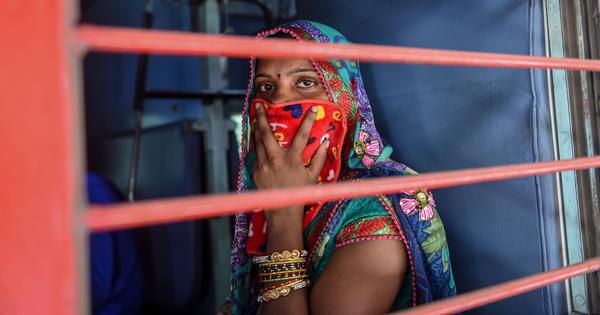Around 1900, women in East Asia and South Asia were equally oppressed and unfree. But over the course of the 20th century, gender equality in East Asia advanced far ahead of South Asia. What accounts for this divergence?
The first-order difference between East and South Asia is economic development. East Asian women left the countryside in droves to meet the huge demand for labour in the cities and escaped the patriarchal constraints of the village. They earned their own money, supported their parents, and gained independence. By contrast, the slower pace of structural transformation has kept South Asia a more agrarian and less urban society, with fewer opportunities for women to liberate themselves.
But growth is not the whole story. Cultural and religious norms have persisted in spite of growth. Even though women in South Asia are having fewer children and are better educated than ever before, they seldom work outside the family or collectively challenge their…
















